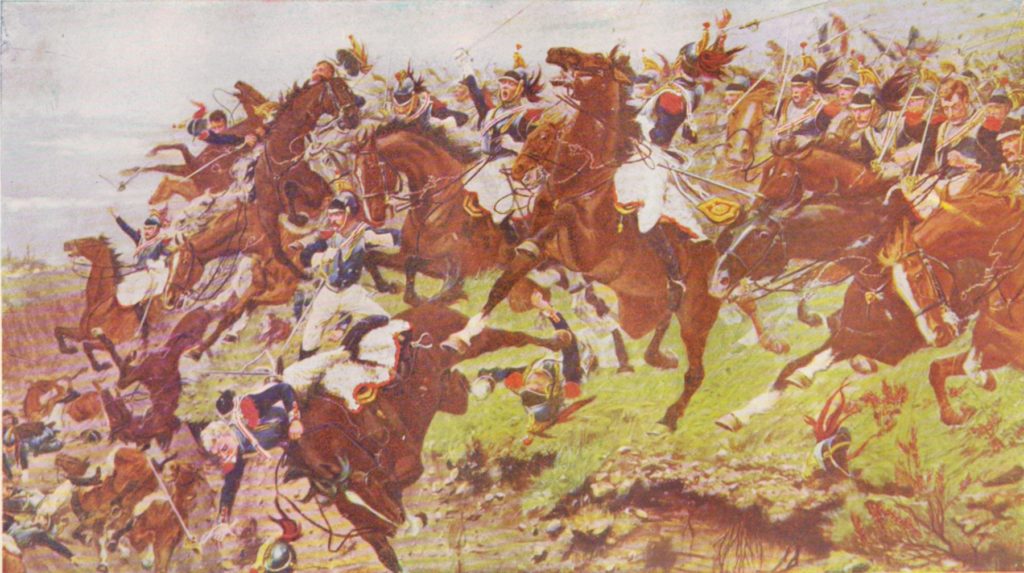Brussels Hidden Gems: Visit the Crabbegat While You Can
Between the Royal Observatory and the Chapel de la Stalle, skirting Wolvendael Park, lies one of Brussels’s last sunken lanes. Along surburban Avenue Kamerdelle, you’ll find an ancient paved path tucked between hedges of laurel and copper beech, leading you past back gardens and exclusive modern homes and down towards the hustle and bustle of Avenue du Fre and the Héros bus terminus.
Sunken lanes or hollow ways exist all over the world: in the bocage of western France, the weald of southern England and the West Country, as well as in Germany, Spain, Syria and the USA. Some are the result of erosion by weather, water and frequent use. Others were dug, it’s believed, to separate estates or corral animals.
Where these paths are paved, there is usually not much further hollowing. Still, the Crabbegat needs looking after. Uccle Communal Council allocated €870,000 in early 2018 for works on the path’s guttering, embankments and walls, but the project has so far stalled. Contractors, required to operate without heavy machinery and protect trees and planting, have been unable to put in a suitable bid for the work and local groups disagree on the right approach.
There’s a special relationship between the Belgians and sunken lanes. In Les Miserables, Victor Hugo recounted Napoleon’s defeat at Waterloo where the little corporal failed to see ‘a hollow way, sometimes a dozen feet in depth, and whose banks, being too steep, crumbled away here and there, particularly in winter, under driving rains’. He supposedly sent his poor troops and horses plunging into it, as depicted in Stanley Berkeley’s painting The Sunken Road of Ohain, below. Wellington, on the other hand, had done his homework about the terrain a year earlier.
But back to Uccle. In the shadows of beeches, le Chemin du Crabbegat/Crabbegatweg (Crabhole Lane) boasts an unusual variety of wildlife thanks to low light and rich soil. One rumour says the name crabhole refers to the oceanic fossils once found there. For 200 metres, banks rise at your sides, surrounding you with gnarled roots, ivy and leaves, and you can make believe you’re a scullery maid on an errand, about to encounter one of the local gentry on his steed. If you like.
Extend the walk as desired, perhaps first taking in Bois de Cambre, and the observatory. Notice also, on the corner of Crabbegat and Fre, the Vieux Cornet building and its 16th century tower. One of Uccle’s oldest edifices, a hunting horn on its façade hints at its history: once where hunting infractions were judged, it became a guingette, a gallery space and now a private residence.




